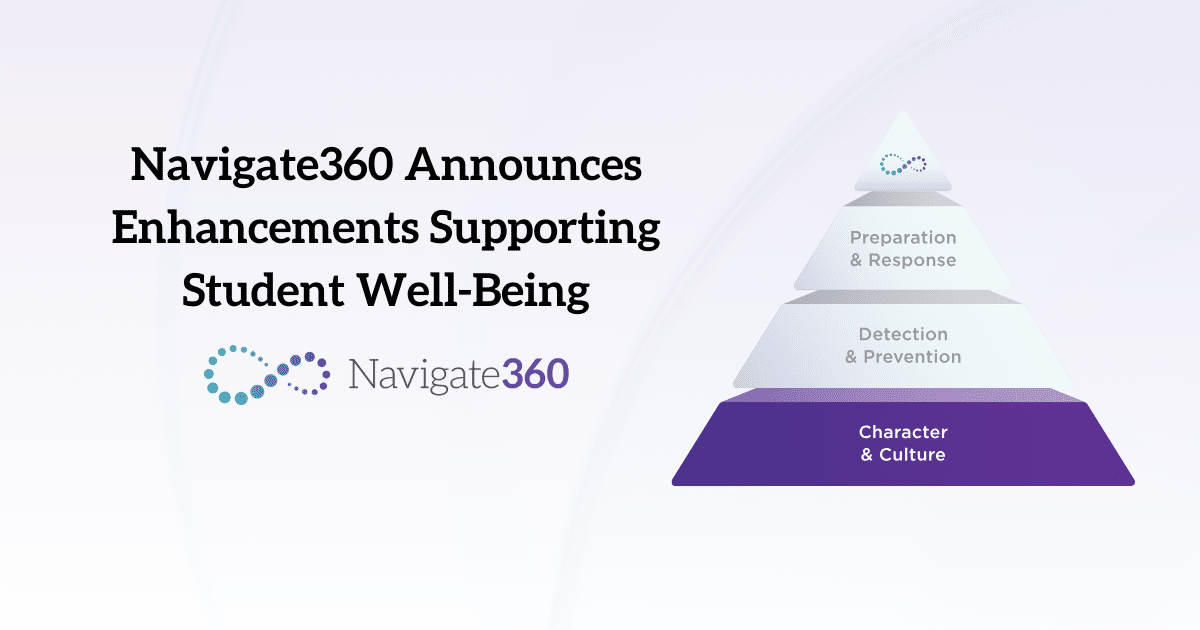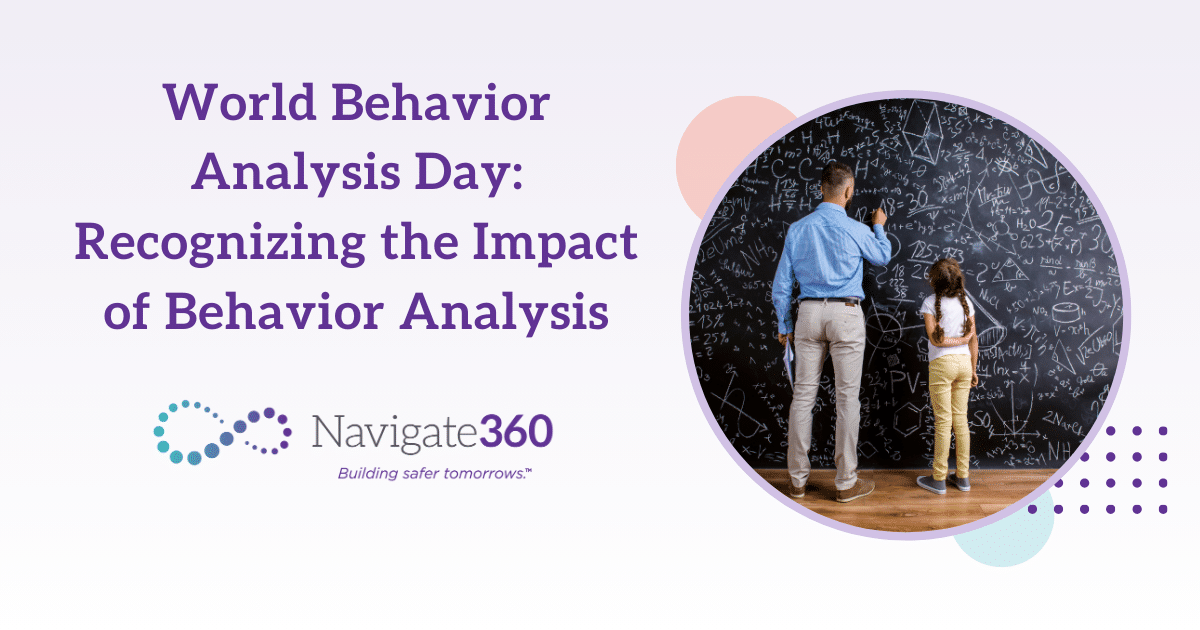By: Joe Hendry, PSP, CLEE
Headlines about the current education crisis abound:
–- CBS News
— The74Million
— Education Week
— National Alliance on Mental Illness
Based on what we have seen in schools this last year and through the many conversations I have had with teachers across the nation, it’s clear that schools are in crisis. Thanks to the lingering effects of pandemic shutdowns, teachers leaving the profession in record numbers, increased pressure on student mental health and the stress of keeping classrooms safe, educators are overwhelmed. In order to ensure the holistic wellbeing of students and school staff, changes must be made.
I believe there are 7 ways we can reset school security and mitigate the current education crisis:
- Conduct a full-scale risk assessment now. I do not mean a standard check-the-box security audit. Hire professional assessors who have the qualifications to cover all your safety and security functions. These professionals will find gaps in your threat assessment processes, emergency plans, insurance policies, training and physical security and safety measures, and they will conduct interviews to see where your staff and administration really are in their skill sets. Our risk assessment team has gone to school districts that thought they were in great shape and found 50 to 60 safety gaps the first day there. A thorough professional risk assessment will set the path for everything that comes after.
- Give staff the time they need. In recent years, many teachers felt they were not being supported by parents and administrators, causing them to lean on one another for support more than ever before. Teachers say they do not need more work or in-service training. What they do need is de-stressing activities and time to plan. Some teachers have reported their workload has tripled due to prevalent staff illnesses, retirements and lack of substitutes. More time must be built in to allow for de-stressing and planning to allow teachers to better manage what is being asked of them.
- Start thinking about student mental health in broader terms. Up to this point, we have thought about threats in the education environment in an individualized manner. We have built multidisciplinary behavioral threat assessment teams around the premise of identifying aberrant behavior (usually of a student) then evaluating and classifying that behavior and responding with intervention if the threat is substantive. Recent years have put the need for these individualized assessments into overdrive, but they have also created a need for a more innovative approach, one that takes large groups of students into account as opposed to just one student.
After school re-openings, teachers began seeing anti-social behavioral issues appear in entire classrooms. Fighting, destruction and disrespect were being observed daily. Students were unable and unwilling to sit still, and they were constantly moving, talking and disregarding the teachers who were attempting to educate them. According to Ed Week, this resulted in 70% of teachers no longer feeling confident they could help students reach the next grade level, with about 50% believing students lost two years of educational experience during shutdowns.
Increasing mental health issues have led to mentally and emotionally exhausted teachers and staff. Given the broad impact, greater emphasis on behavioral threat assessment of large groups must be a priority moving forward.
- Create more effective mental and behavioral health plans with experts. Teachers are saying they do not have school psychologists to assist them in planning and on behavioral health and threat assessment teams because there are just too many students needing services. Even school counselors are stretched thin. Early in the pandemic, the American School Counselors Association estimated 8 million, or 20%, of students did not have access to a school counselor, a statistic that has invariably grown worse. The National Association of School Psychologists recommends a ratio of 1 psychologist per 500 students. Current data estimates that right now it is 1:1,211. Some states have a ratio of 1:5,000. This is a recipe for disaster if we do not try to start correcting it now.
The anxiety caused by both the pandemic and pressing societal issues is going to last for years. Children just entering school will carry a psychological burden for the rest of their school years, if not their lives. We need more professionals to assist teachers and students in long-term recovery, and we need to begin recruiting and training them now.
- Follow up on training and get feedback. Teachers often say they receive training on mental/behavioral health and social-emotional learning for students but they have no time to digest, implement and provide feedback on the success or failure of what they are doing to improve students’ performance. It seems that the training “checks a box” for administration to say it was done, and there is little follow-up.
- Develop and implement age-appropriate plans for socialization (the process of learning to behave in a way that is acceptable to society). Teachers say socialization is a concern at every grade level, but it is most prevalent in early childhood (grades K-2) and grades 9-10. Many students were isolated during the pandemic and interacted with few, if any, people their own age. High school teachers have said that 9th and 10th graders have not mentally processed their formative junior high school years and have brought those difficult years into the high school setting. Many also feel that students are addicted to electronics and their attention spans are in the three-minute range in class.
Teachers also say that students did not develop critical thinking skills in junior high to help them with upper-level work, especially in science and math. This has led to disruption in classes between prepared students and those who are lagging. Teachers say that it may be individual students having behavioral problems (they believe these individuals existed in the pre-pandemic era but now are 4 to 5 times more prevalent), but those behaviors are disrupting everyone’s educational process.
- Expect long-term changes in behavior — and they may not all be bad. My grandparents were children of the Spanish Flu and Great Depression and were young adults during WWII. They had a drawer full of bread bags and tie twists because you never knew when you would need them. They would wash the bags, carefully fold them, and put them away. They constantly had a cellar full of canned food and grew a garden every year. They pinched pennies. They had few close friends. They worked extremely hard to care for their families. I know when they were young, they saw hardship, sacrifice and death. They also learned how to put aside individual wants and work as a group. They learned how to sacrifice for the greater good. They won World War II and built the strongest economy in the world. We now call them the greatest generation America has ever produced.
This generation of children is also facing sacrifice, hardships, mental strain and death. But they’re also learning compassion, concern for others and perseverance. With some arduous work on our part, we may be able to help produce a great generation once again.
Next Steps
Whole-child safety takes the whole community. Schools, communities, law enforcement agencies and solution providers must work better together to ensure every student feels safe – physically, socially and emotionally – within their school environment.
With an ecosystem of holistic safety and wellness in place, K-12 schools are in a better position to promote the long-term development and success of children. Learn more about the steps you can take to support the mental and physical wellbeing of your staff and students with the Ultimate Guide to Physical, Social and Emotional Safety and contact us to begin the process of enhancing your school’s safety and security plans today.

Joe Hendry, PSP, CLEE
Joe was named by the Ohio Department of Homeland Security and Ohio Attorney General’s Office as an expert in civilian and law enforcement response to active threats. He is an ASIS International member with PSP® certification appointed to the School Safety and Security Community Steering Committee. He served six years in the United States Marine Corps and 27 years with the Kent State Police Department. He is a Best Recommended Expert Service Provider for the Insurance Industry and holds a Bachelor’s Degree in Telecommunications.
Currently, Hendry is a principal appointed to the Cross Functional Emergency Preparedness and Response (ACT-AAA) Committee for NFPA 3000 to write the national standard for civilian, law enforcement, fire service and emergency medical services. He was issued the classification of Special Expert by NFPA.




